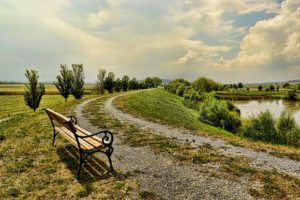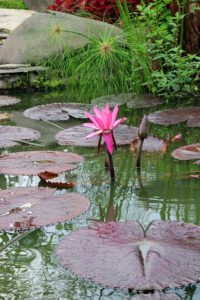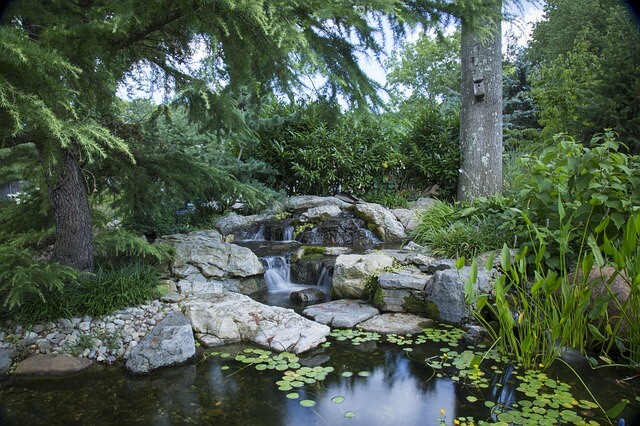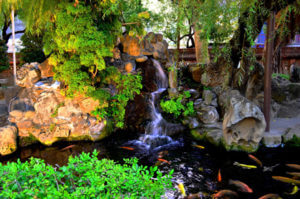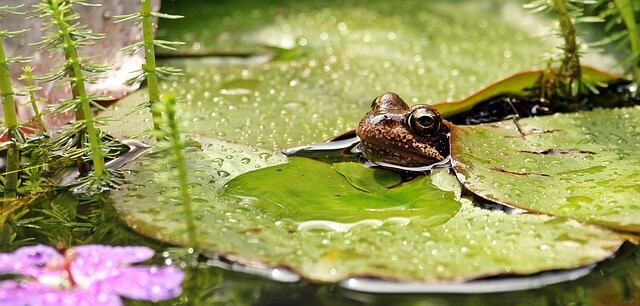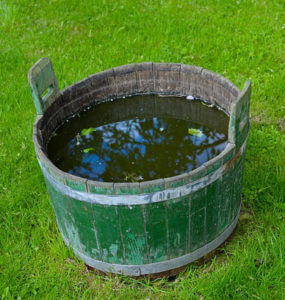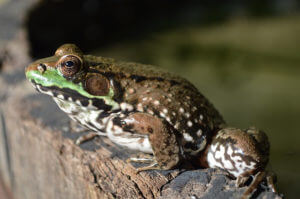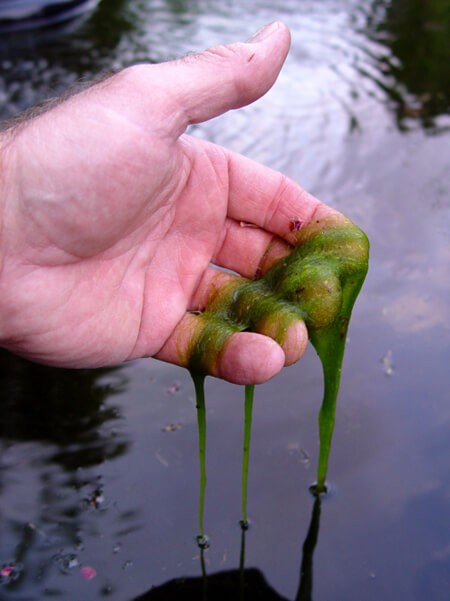As the weather hopefully continues to improve, thoughts turn to the garden. If you are looking forward to adding a water feature to your outdoor space this spring then Liners Online have all the tips and advice you need to plan, build and maintain a garden pond. They also have a choice of pond liner guaranteed to contain water for many, many years if installed above a protective underlay.
Firstly, you need to start with the basics. You need to choose a pond liner, and preferably one which is resistant to both frost and ultra-violet rays, and that it has the flexibility to resist pressure from growing roots.
PVC (poly vinyl chloride) is a watertight 0.5mm thick, black sheet. Because it is lightweight, it is very flexible and moulds well. It is not very elastic however, and not easily repaired as it has a tendency of going brittle. It requires correct installation and maintenance.
Butyl or Epalyn Pond Liner?
Butyl pond liner has always been a popular choice in the UK. It a black, synthetic rubber sheet that possesses both flexibility and elasticity. This product is UV stable with excellent elongation properties and is non toxic to both plant and wildlife.
Butyl pond liners can be used for all types and sizes of pond installations. The value of the Butyl pond liner is that it is much more heavy duty than PVC and is less likely to be damaged.
A relatively new product on the market is Epalyn, which again is a black synthetic rubber sheet, but this pond liner is an EPDM (ethylene propylene diene monomer). The polymer (which provides elasticity to the sheet) marks the difference between the two products: Butyl contains more than 50% butyl polymer and Epalyn is made with 100% EPDM and is less expensive than the former.
Epalyn pond liners offer the following benefits:
• High flexibility
• High elongation
• Superior weather resistance
• Low maintenance
• Ease of installation
• Environmentally friendly
Now you have chosen your material of choice, the question is how much do you need? This is easily checked by using our Pond Liner Calculator online measurement facility. Simply input the maximum depth, maximum length and maximum width measurements of the hole you have dug into our calculator. The calculator will then give you the dimensions you need to order. More complicated designs including those with islands or plinths can be discussed with staff.
There is a wide choice of materials available for pond liners and Liners Online offers the best, most competitive selection as well as advice on how to install and maintain your perfect pond. Simply visit us online or call 01526 399033.






